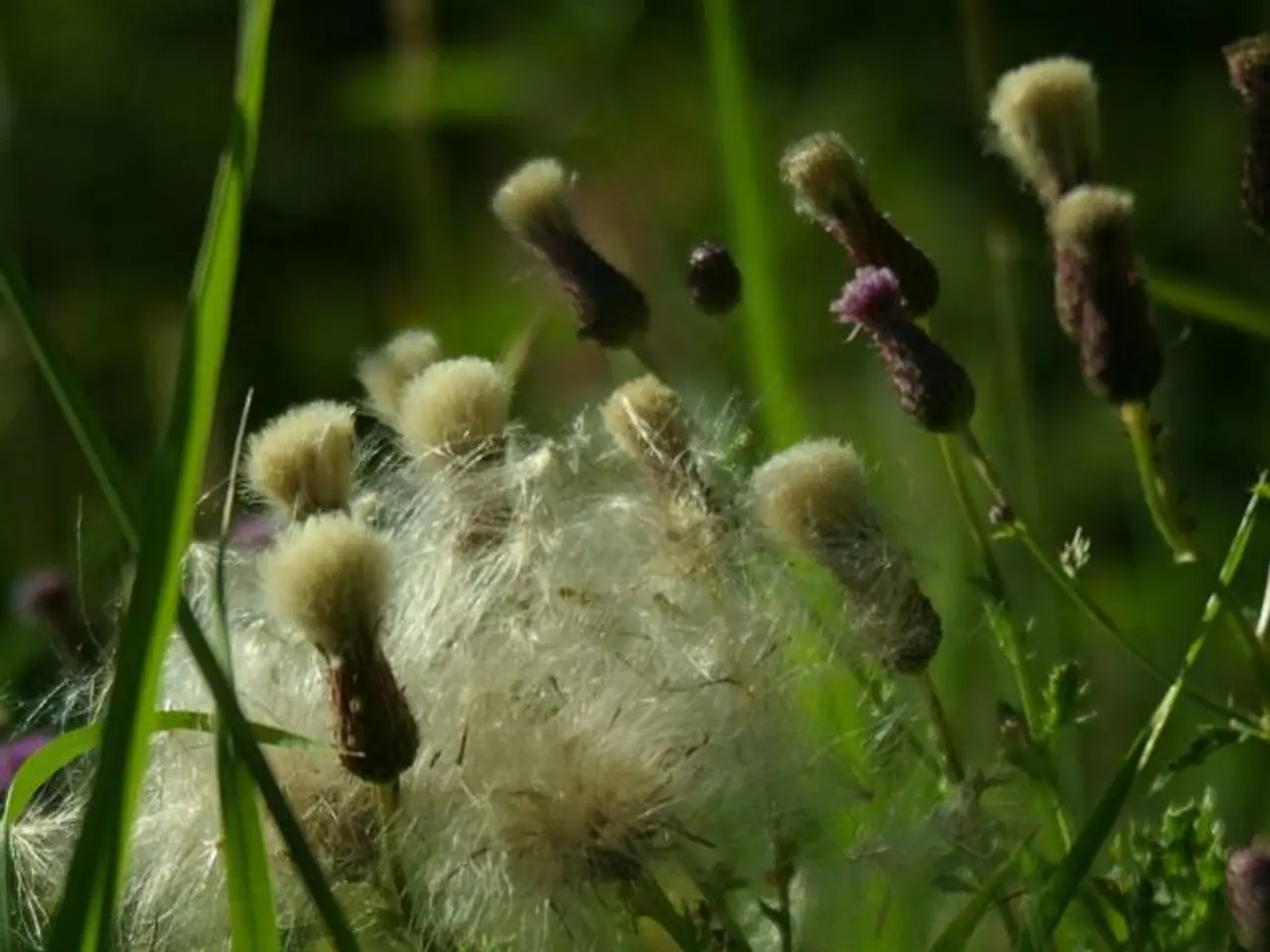Weekend Grass Maintenance Evaluation
Tips for Creating Vibrant Raised Garden Beds
For those looking to cultivate a thriving garden in raised beds, here are some best practices to follow. These tips, ranging from choosing the right materials to maintaining soil health, will help ensure a productive garden that lasts multiple seasons.
Building Durable Raised Beds
To build long-lasting raised beds, opt for rot-resistant woods like cedar. Position the beds on a base of gravel or stone to enhance drainage and prevent wood rot. Keep the bed sides away from wet grass or mulch to further protect the wood from moisture damage. Construct beds with an ideal height of 12 to 24 inches to support deep root growth, better drainage, and ease of access for tending and harvesting. Ensure the bed width is no more than 4 feet if accessing from one side, or 18 to 24 inches if accessible on all sides, to allow easy reach without stepping into the bed. Install hardware cloth or wire mesh under the beds to prevent pests like gophers and moles from tunneling into the soil. Keep pathways around beds clear for easy access and to avoid damaging the raised bed edges during garden maintenance.
Utilizing Composters
To boost fertility and soil structure in your raised beds, use high-quality compost regularly. Ensure the compost is well-aged and rich in organic matter to nourish plants effectively.
Choosing Fertilizers
Prefer organic, balanced amendments such as well-aged compost, biochar, mycorrhizal fungi inoculants, and rock dust for sustainable nutrient supply. Test soil pH (ideal for most vegetables is 6.0–7.0) and nutrient levels at least annually and amend accordingly; synthetic fertilizers are generally unnecessary when good organic practices are followed. Avoid peat moss in large amounts as it retains moisture excessively and may affect soil health negatively; use alternatives like coconut coir or aged pine bark as aerating materials within soil mix.
Watering and Mulching
Water deeply and infrequently to encourage strong root growth rather than shallow frequent watering. Watering should ideally be done early in the day to reduce evaporation loss and fungal issues. During hot months, raised beds may require watering every 1 to 3 days depending on conditions like soil type and mulch use. Mulch raised bed surfaces to conserve moisture, regulate soil temperature, suppress weeds, and improve soil health over time.
Additional Soil and Bed Preparation Tips
Use a soil mix of roughly 40% topsoil, 30-40% high-quality compost, and 20-30% aerating materials (like coconut coir or aged bark) to ensure good drainage, nutrient availability, and structural support. Avoid overcrowding plants to maintain airflow, light penetration, and reduce pest/disease problems.
Products for Your Garden
- The Worm Factory 360 Composter is a product available for composting needs.
- Corn Gluten Organic Fertilizer is available in an 8-0-0 formula with a weight of 40 lbs.
- The Jora JK270 Composter has a capacity of 9.5 cubic feet.
- A Stainless Steel Compost Keeper is mentioned for compost storage.
- Farmstead offers Raised Garden Beds made of natural cedar.
- Wildflower Farms Eco-Lawn Grass Seed is available in a 5 lb package for those looking to create a lush lawn.
- VegTrug offers a Raised Garden Planter made of natural wood for a rustic touch.
- A Premium Drinking Water Safe Garden Hose with a slim 7/16" diameter is mentioned for watering convenience.
To further enrich your home-and-garden lifestyle, consider incorporating composters and storage solutions, such as The Worm Factory 360 Composter and a Stainless Steel Compost Keeper, to facilitate the creation and management of high-quality compost. Moreover, to enhance the aesthetic appeal of your outdoor space, opt for rustic raised garden planters like VegTrug or Raised Garden Beds from Farmstead, which can be part of a lush lawn created with Wildflower Farms Eco-Lawn Grass Seed. For convenient watering, invest in a premium drinking water safe garden hose with a slim 7/16" diameter.




